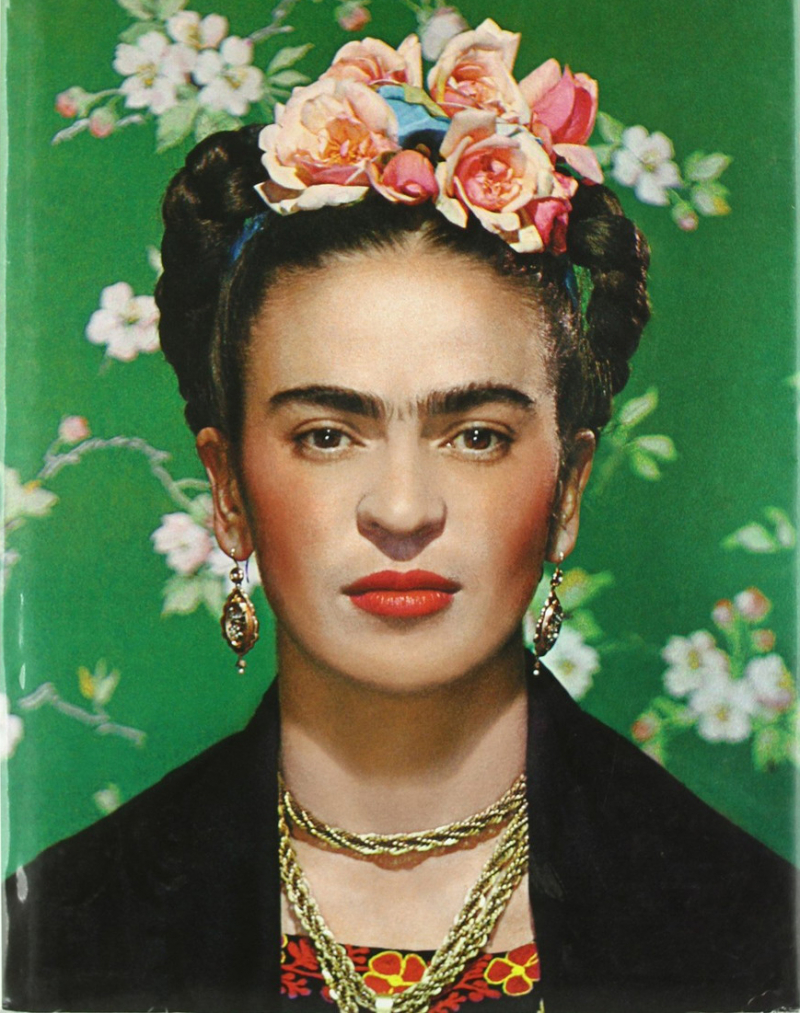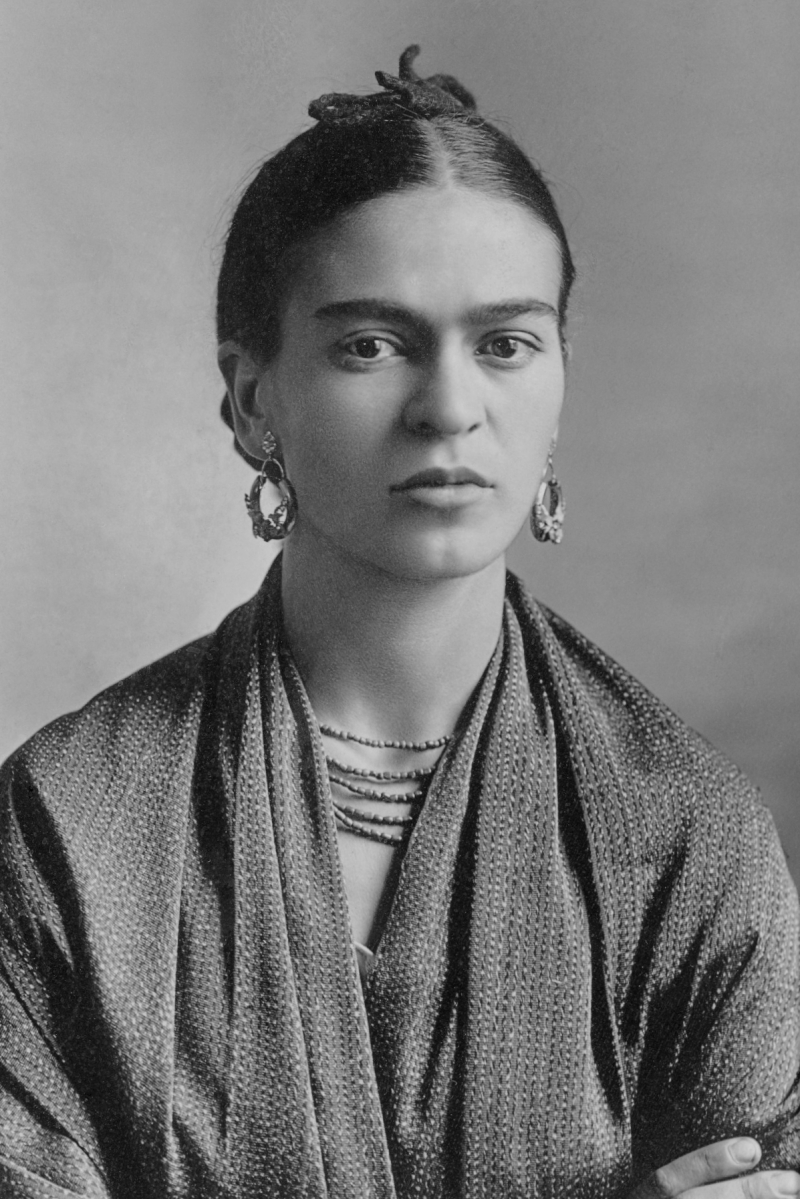Frida Kahlo
Another amazing woman who continues to influence the LGBTQIA+ community as well as many artists today is Frida Kahlo. She is regarded as one of the best artists in Mexico, if not the entire globe. When Kahlo was eighteen years old and involved in a streetcar accident in 1925, she was impaled by an iron railing that smashed through her pelvis, causing horrendous injuries. At that point, Frida decided to focus only on painting, particularly self-portraits, instead of continuing her studies in medicine. She married her true love, the painter Diego Rivera, in 1929, but their union was not a conventional one because they both had extramarital relationships.
Kahlo had relationships with both men and women, including her husband's mistresses, and was openly bisexual. She certainly loves and is drawn to ladies in her picture Two Nudists in a Forest. In the feminist movement of the 1970s, Frida Kahlo was "rediscovered", and she was lauded as an inspiration for women's strength and creativity. Kahlo's artistic output went mostly undiscovered until the late 1970s, when art historians and political activists rediscovered her work. She had established herself as a significant character in art history by the early 1990s, and was also viewed as a symbol of Chicanos, the feminist movement, and the LGBTQ+ community. Feminists have praised Kahlo's work for what they see to be its uncompromising portrayal of the feminine experience and form, and her work has received praise from throughout the globe as a symbol of Mexican national and indigenous traditions.
Detailed information:
Full name: Magdalena Carmen Frida Kahlo y Calderón
Date of birth: 6 July 1907
Date of death: 13 July 1954
Known for:
- Henry Ford Hospital (1932)
- My Birth (1932)
- Self-portrait on the Borderline Between Mexico and the United States (1932)
- Memory, the Heart (1937)
- What the Water Gave Me (1938)

















